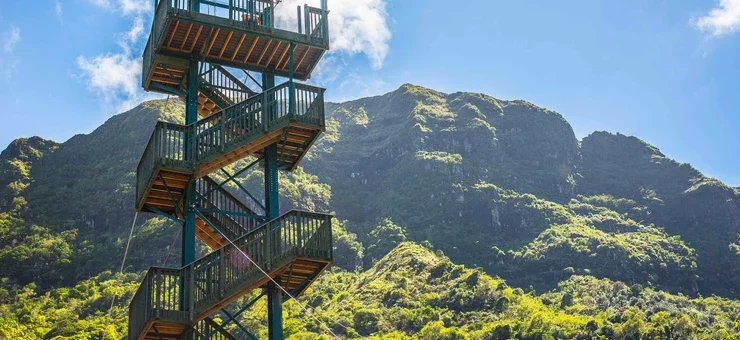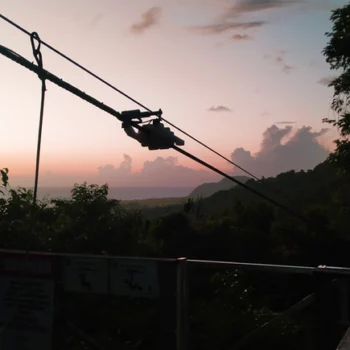
What are The Key Design Features of a Zipline?
Zipline design can be a complex task and is crucial to the success and safety of a zip line operation. Every zipline build is different. Through Skyline’s 7-step approach, operators can ensure a safe, profitable, and exciting zipline operation. Within the seven-step procedure, you have the design phase of the operation. In zipline design, there are several key features you must analyze, plan and execute. To answer the question; What are the key design features of a zipline? Look no further for the key design features of a zipline.
The Key Design Features of a Zipline are:
- The business plan
- Zipline course Design
- Launch or take-off and landing structure design
- Blending seamlessly into the natural environment
- Safety Standards
The Business Plan
In addition, whether you are updating an existing attraction or building a zipline site from scratch, a business plan is essential. The plan needs to be well-thought-out, accurate, and attainable for a successful business. An analysis of the current visitation numbers, demographics, and proximity to urban markets must be a consideration. The business plan will include profit margin goals, desired throughput rates, construction budget, and course consideration.
Zipline Course Design
The zipline course design is an integral part of the zipline design process. The zipline corridor must be precise to ensure the correct cable slope is available for the zipline to function. Dependent on the length of the zipline, the slope angle will vary from 8% to 20%. The longer the zipline, the steeper the slope required. The calculation of the slope angle and corridor dictate the starting locations and tower heights. Once engineers calculate the correct cable tension for the starting anchor positions, they can design the takeoff and landing structures.
Start and Finish Structure Design
The start and finish structures can be designed from scratch or added to an existing building, landmark, or highpoint. The structures may need to add height to the take-off zone to achieve the correct slope angle. Therefore, for structures built from scratch, the design goal is to minimize space usage, reduce their environmental footprint, and maintain full structural integrity. The steel I-beam structure used for launch and landing towers is popular on many sites.
Blend Seamlessly into the natural environment
Developers originally created ziplines to deliver exhilarating thrills while letting riders experience the awe-inspiring beauty of the surrounding landscape. Ziplines create the experiences through breathtaking landscapes and surrounding geographical highlights. It is crucial to maintain environmental beauty during the design and construction of ziplines. The construction of a zip line must have the smallest environmental footprint possible. This all comes into the design of each line and its anchor points. The I-beam structures at zipline sites have minimal impact on the land, keeping the landscape largely untouched. Moreover, the towers can be painted to blend perfectly with the surrounding environment.
Safety Standards are Exceeded
It is important that all safety standards are met and exceeded. The exciting experience of zip lining can bring stomach-dropping thrills for many. In addition, all safety measures must meet the highest standards. It is mandatory for all zipline operations to follow all Canadian Z98 ropeway, TSSA, and CSA standards. To start a functional and profitable zipline venture, safety needs to be the number one priority.
- Posted by admin
- On February 9, 2022






